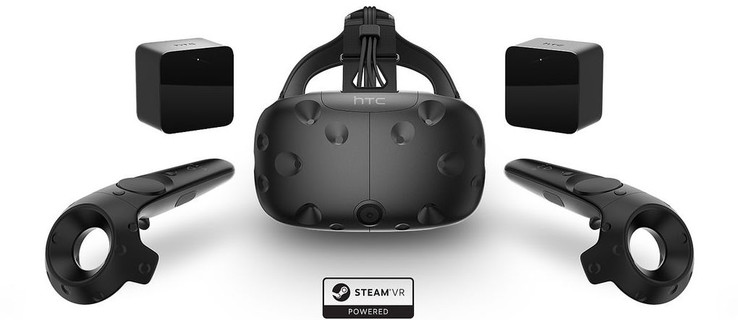What makes the HTC Vive the most immersive consumer VR system available also makes it the most expensive. The Vive makes use of motion-tracking accessories designed by Valve, called "Lighthouse base stations". The Lighthouses track motion of the user using a complex system of lasers, LEDs, and motors. Each base station costs $134—but you need 2 of them. Altogether, this makes the Vive cost roughly $800.
Last month at a Steam developers conference, Valve engineer Ben Jackson outlined some ideas on how to simplify the design of the Lighthouse. Each Lighthouse uses 2 lasers, each mounted on a motor, to track the user, but Jackson believes the system can be reduced to one single motor which mounts both lasers.
According to Road to VR's number crunching, an optimization like this could bring the price of a full Vive system down by 17%. Given that much of the Vive's competitors are selling for hundreds of dollars less, lowering the price sounds like a smart idea to make the Vive more accessible than it currently is.






